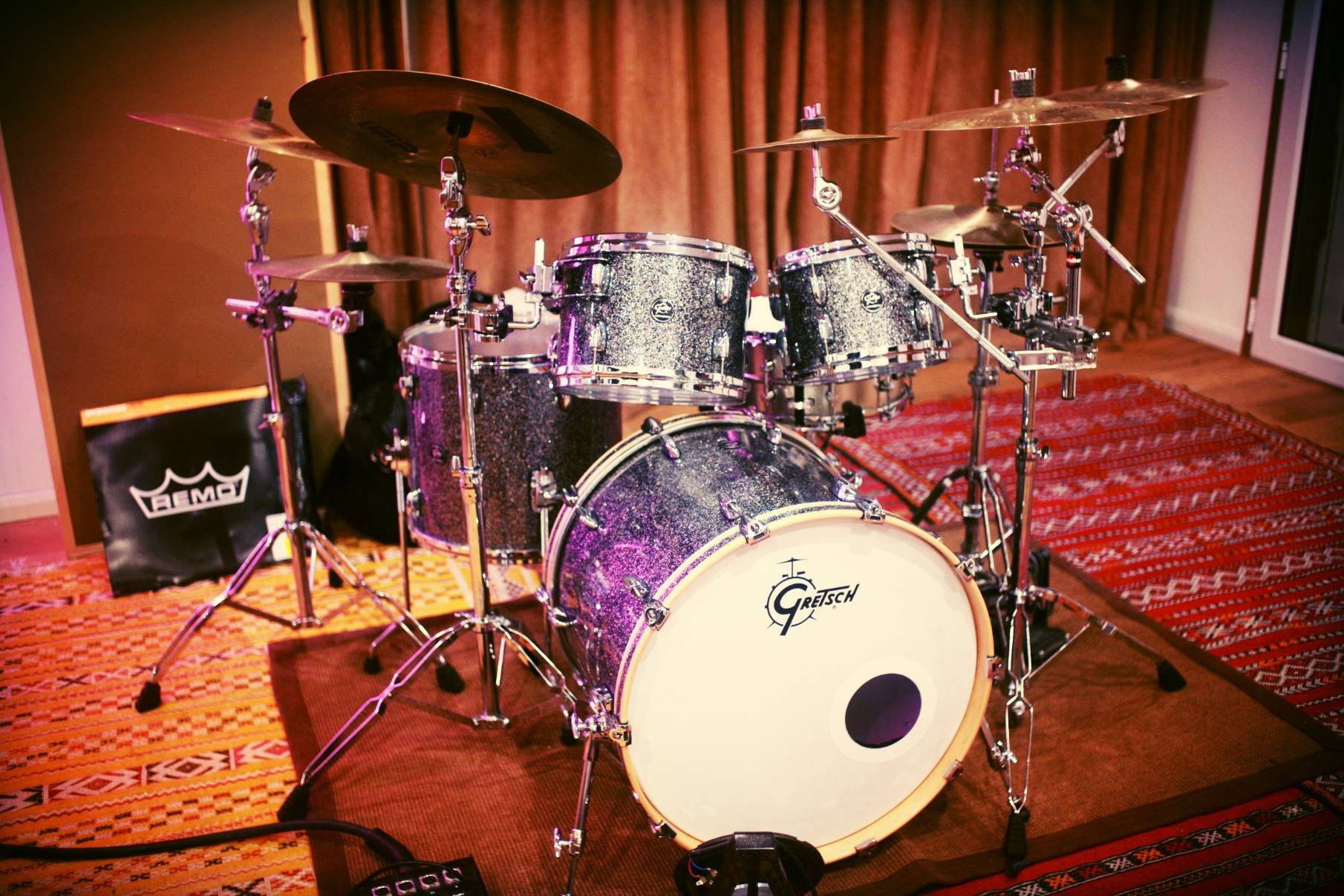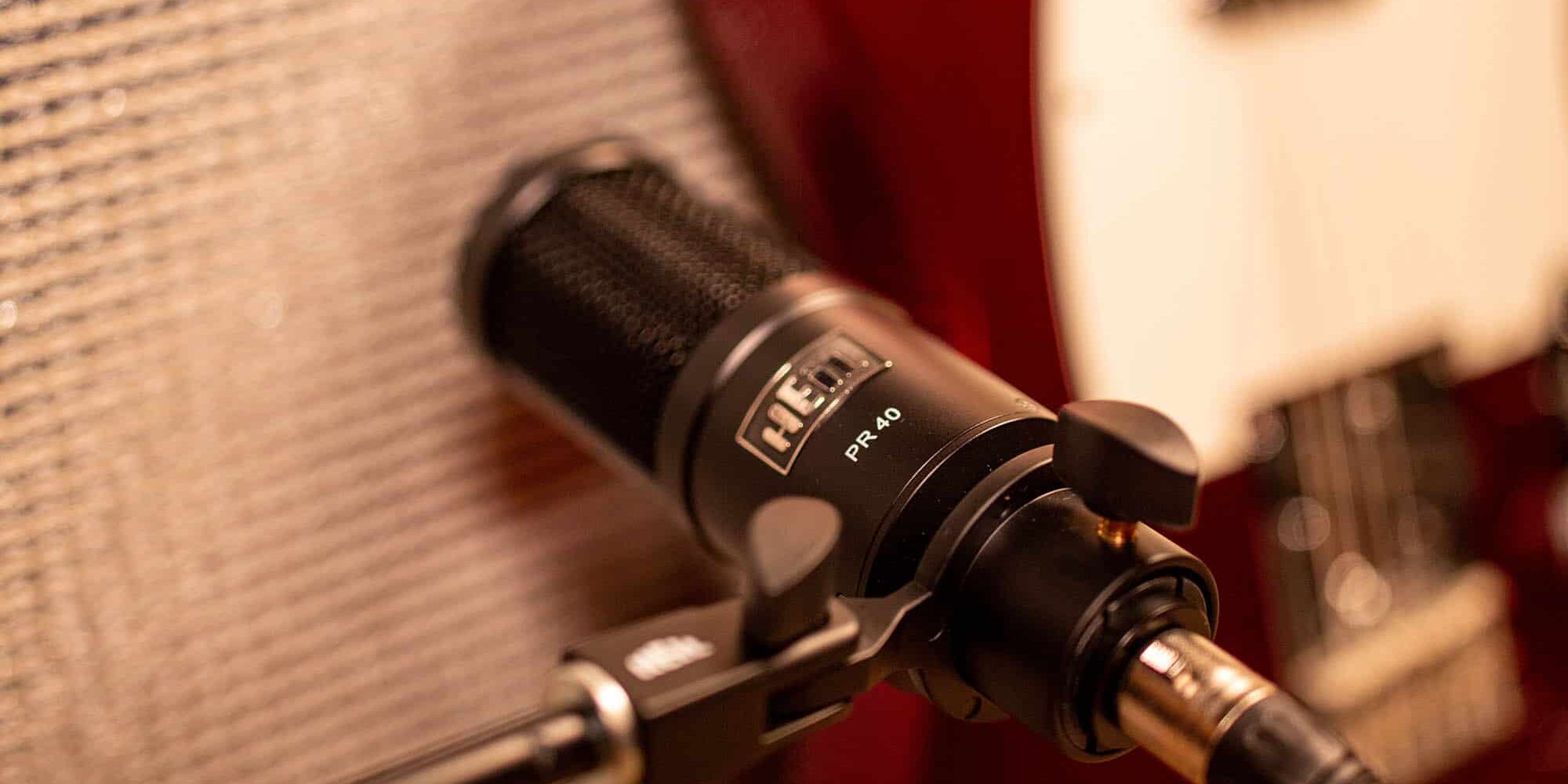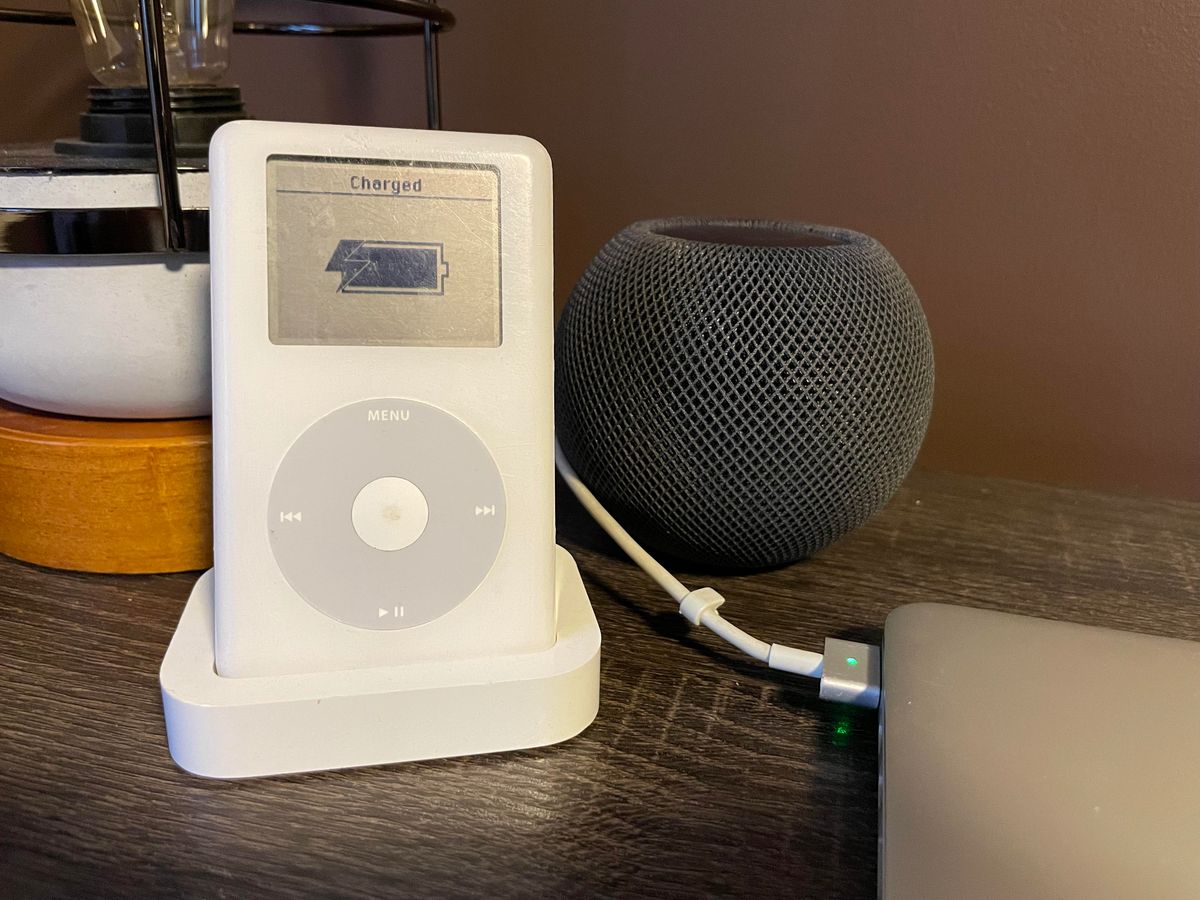Home>Instruments>Drums>How Do I Stop My Drums From Ringing


Drums
How Do I Stop My Drums From Ringing
Published: February 7, 2024
Learn effective techniques to stop your drums from ringing and achieve a cleaner, more controlled sound. Discover expert tips for reducing drum overtones and improving your overall drumming experience.
(Many of the links in this article redirect to a specific reviewed product. Your purchase of these products through affiliate links helps to generate commission for AudioLover.com, at no extra cost. Learn more)
Table of Contents
Introduction
Drums are the heartbeat of any musical ensemble, providing rhythm, energy, and depth to a wide range of musical genres. However, as any drummer knows, the issue of drum ringing can be a persistent challenge. The ringing or resonance that lingers after striking a drum can detract from the clarity and precision of the sound, impacting the overall quality of the music.
In this comprehensive guide, we will delve into the world of drum ringing, exploring the factors that contribute to this phenomenon and providing valuable insights and techniques to help you effectively minimize or eliminate it. Whether you're a seasoned drummer or just embarking on your musical journey, understanding how to address drum ringing is essential for achieving a professional and polished sound.
Throughout this article, we will cover various methods for reducing drum ringing, including the use of dampening products, proper drum tuning techniques, and other practical tips to enhance the sound of your drums. By the end of this guide, you will have a deeper understanding of the factors influencing drum ringing and the tools and techniques at your disposal to ensure that your drums produce a clear, focused, and resonant sound.
So, let's embark on this rhythmic journey together, as we explore the art of minimizing drum ringing and elevating the auditory experience of both musicians and listeners alike.
Understanding Drum Ringing
Drum ringing, also known as drum resonance, refers to the sustained vibration and reverberation of a drumhead and shell after it has been struck. This lingering sound, often characterized by a sustained pitch or tone, can significantly impact the overall clarity and definition of the drum’s sound. Understanding the factors that contribute to drum ringing is crucial for effectively addressing this issue.
Several factors can contribute to drum ringing, including the type of drumheads used, the construction and material of the drum shell, the drum’s tuning, and the environment in which the drum is played. Different drumheads, such as single-ply or double-ply heads, can produce varying degrees of resonance. Additionally, the material and thickness of the drum shell can influence the duration and intensity of the ringing.
Furthermore, the tuning of the drum plays a pivotal role in managing ringing. Improper tuning, including uneven tension across the drumhead or inadequate tuning intervals, can exacerbate drum ringing. Environmental factors, such as acoustics and ambient noise, can also impact the perception of drum resonance.
It’s important to note that while some degree of drum resonance is desirable for creating a full and dynamic sound, excessive or uncontrolled ringing can detract from the articulation and precision of the drum’s impact. As such, striking a balance between resonance and control is essential for achieving an optimal drum sound.
By gaining a deeper understanding of the intricacies of drum ringing, drummers can make informed decisions regarding equipment, tuning techniques, and performance settings to effectively manage and minimize unwanted resonance, ultimately enhancing the overall sonic quality of their drumming.
Tips for Reducing Drum Ringing
Reducing drum ringing is a multifaceted endeavor that encompasses various aspects of drumming, from equipment selection to playing techniques. Here are some valuable tips to help you minimize drum ringing and achieve a more controlled and focused drum sound:
- Opt for High-Quality Drumheads: Investing in high-quality drumheads can significantly impact the resonance and sustain of your drums. Consider experimenting with different types of drumheads, such as coated, clear, or hydraulic heads, to find the ideal balance of tone and control.
- Explore Drum Shell Materials: The material and construction of the drum shell can influence the duration and intensity of drum ringing. Experiment with drums made from various materials, such as maple, birch, or acrylic, to discover which best suits your tonal preferences and minimizes unwanted resonance.
- Refine Your Drum Tuning Skills: Mastering the art of drum tuning is essential for controlling drum ringing. Ensure that each drumhead is evenly tensioned and tuned to the desired pitch, taking into account the overall tonal balance of the drum set.
- Consider Drum Muffling Techniques: Utilize drum muffling techniques, such as the use of dampening gels, moongel pads, or drum rings, to selectively control the resonance of your drums. These products can be strategically placed on the drumheads to dampen unwanted overtones and sustain.
- Experiment with Drumhead Dampening: Explore the use of internal and external drumhead dampening solutions to tailor the sustain and resonance of your drums. From internal muffling systems to external dampening accessories, there are numerous options available to customize your drum sound.
- Adjust Playing Technique: Refine your playing technique to minimize excessive force and impact on the drums, which can contribute to prolonged ringing. Focus on precise and controlled strikes to achieve a more articulate and controlled sound.
By implementing these tips and techniques, drummers can effectively reduce unwanted drum ringing while enhancing the overall clarity, articulation, and tonal characteristics of their drums. Each of these strategies offers a unique approach to managing drum resonance, empowering drummers to tailor their sound to suit their musical preferences and performance contexts.
Using Dampening Products
Dampening products play a pivotal role in controlling and shaping the sound of drums, offering drummers a versatile toolkit for managing resonance and sustain. These products are designed to selectively dampen specific frequencies and overtones, providing greater control over the tonal characteristics of the drums. Here’s a closer look at some popular dampening products and how they can be utilized to minimize drum ringing:
- Dampening Gels: Dampening gels, such as Remo’s Moongel and Drumtacs, are adhesive gel pads that can be applied to drumheads to reduce sustain and control unwanted overtones. These gels can be easily repositioned or removed, allowing drummers to fine-tune the dampening effect according to their preferences.
- Drum Rings and Muffling Pads: Drum rings and muffling pads are circular devices that can be placed on the drumheads to dampen resonance and sustain. These products come in various sizes and materials, offering adjustable levels of dampening to suit different musical styles and playing environments.
- Internal Drum Muffling Systems: Some drum manufacturers offer built-in internal muffling systems within their drums, allowing drummers to adjust the level of dampening directly within the drum shell. These systems provide a seamless and integrated approach to controlling drum resonance, offering a high degree of customization.
- External Dampening Accessories: From felt strips to foam inserts, a wide range of external dampening accessories are available to tailor the sustain and tonal characteristics of drums. These accessories can be easily applied and adjusted, providing a practical solution for managing drum ringing in various playing scenarios.
When utilizing dampening products, it’s essential to strike a balance between controlling resonance and preserving the natural tone and character of the drums. Experimentation and fine-tuning are key to finding the optimal configuration that aligns with your musical preferences and performance requirements.
By leveraging the diverse array of dampening products available, drummers can exercise precise control over the resonance and sustain of their drums, ensuring a clear, focused, and articulate sound that enhances their musical expression.
Tuning Your Drums
Drum tuning is a fundamental aspect of achieving a balanced and controlled sound, and it plays a crucial role in managing drum ringing. Proper tuning not only ensures that each drum produces a clear and resonant tone but also allows drummers to minimize unwanted overtones and sustain. Here are essential tips for effectively tuning your drums to reduce ringing and optimize their sonic potential:
- Understand Drumhead Tension: Each drumhead should be evenly tensioned to promote consistent pitch and resonance. Utilize a drum key to adjust the tension rods in small increments, ensuring that the tension across the drumhead is uniform to minimize uneven vibrations that contribute to ringing.
- Explore Drum Tuning Intervals: Experiment with different tuning intervals to find the ideal balance between the top and bottom heads of your drums. Adjusting the tension of the resonant (bottom) head relative to the batter (top) head can influence the sustain and overall tonal characteristics of the drum.
- Consider the Musical Context: Tailor your drum tuning to suit the specific musical context in which you will be performing. Different genres and styles may call for varying degrees of sustain and resonance, so adjust your tuning accordingly to complement the musical ensemble and venue acoustics.
- Utilize Drum Dampening Techniques: Incorporate internal and external dampening solutions in conjunction with drum tuning to further control the sustain and resonance of your drums. By combining precise tuning with strategic dampening, you can achieve a more focused and controlled drum sound.
- Regular Maintenance and Inspection: Routinely inspect your drums for any signs of wear, such as worn drumheads or damaged bearing edges, which can impact the drum’s overall sound and contribute to excessive ringing. Maintain your drums in optimal condition to preserve their sonic integrity.
Mastering the art of drum tuning is a continuous process that requires attentive listening, experimentation, and a keen understanding of the sonic characteristics of your drums. By honing your tuning skills and integrating dampening techniques, you can effectively reduce drum ringing while unlocking the full expressive potential of your instrument.
Conclusion
Addressing drum ringing is a nuanced and multifaceted endeavor that encompasses various elements of drumming, from equipment selection and tuning techniques to the strategic use of dampening products. By understanding the factors that contribute to drum resonance and employing effective strategies to minimize unwanted ringing, drummers can achieve a more controlled, articulate, and expressive drum sound.
Throughout this comprehensive guide, we have explored the intricacies of drum ringing and provided valuable insights and techniques for reducing its impact. From the selection of high-quality drumheads and drum shell materials to the mastery of drum tuning and the strategic use of dampening products, drummers have a diverse array of tools and approaches at their disposal to shape and refine their drum sound.
It is essential for drummers to approach the management of drum ringing with a discerning ear, recognizing that a balanced and controlled level of resonance is integral to the overall sonic character of the drums. By leveraging the tips and techniques outlined in this guide, drummers can navigate the complexities of drum ringing with confidence, empowering them to tailor their sound to suit diverse musical contexts and personal preferences.
Ultimately, the art of minimizing drum ringing is a dynamic and rewarding pursuit that invites drummers to engage with the sonic potential of their instrument on a deeper level. Through attentive listening, experimentation, and a keen understanding of the interplay between equipment, technique, and musical context, drummers can cultivate a drum sound that resonates with clarity, precision, and expressive depth.
As drummers continue to refine their approach to managing drum ringing, they will discover new avenues for artistic expression and sonic innovation, enriching their musical performances and contributing to the vibrant tapestry of rhythmic expression across diverse genres and styles.
So, let the rhythmic journey continue, as drummers harness the power of knowledge, technique, and creativity to shape a drum sound that captivates and inspires both performers and audiences alike.











